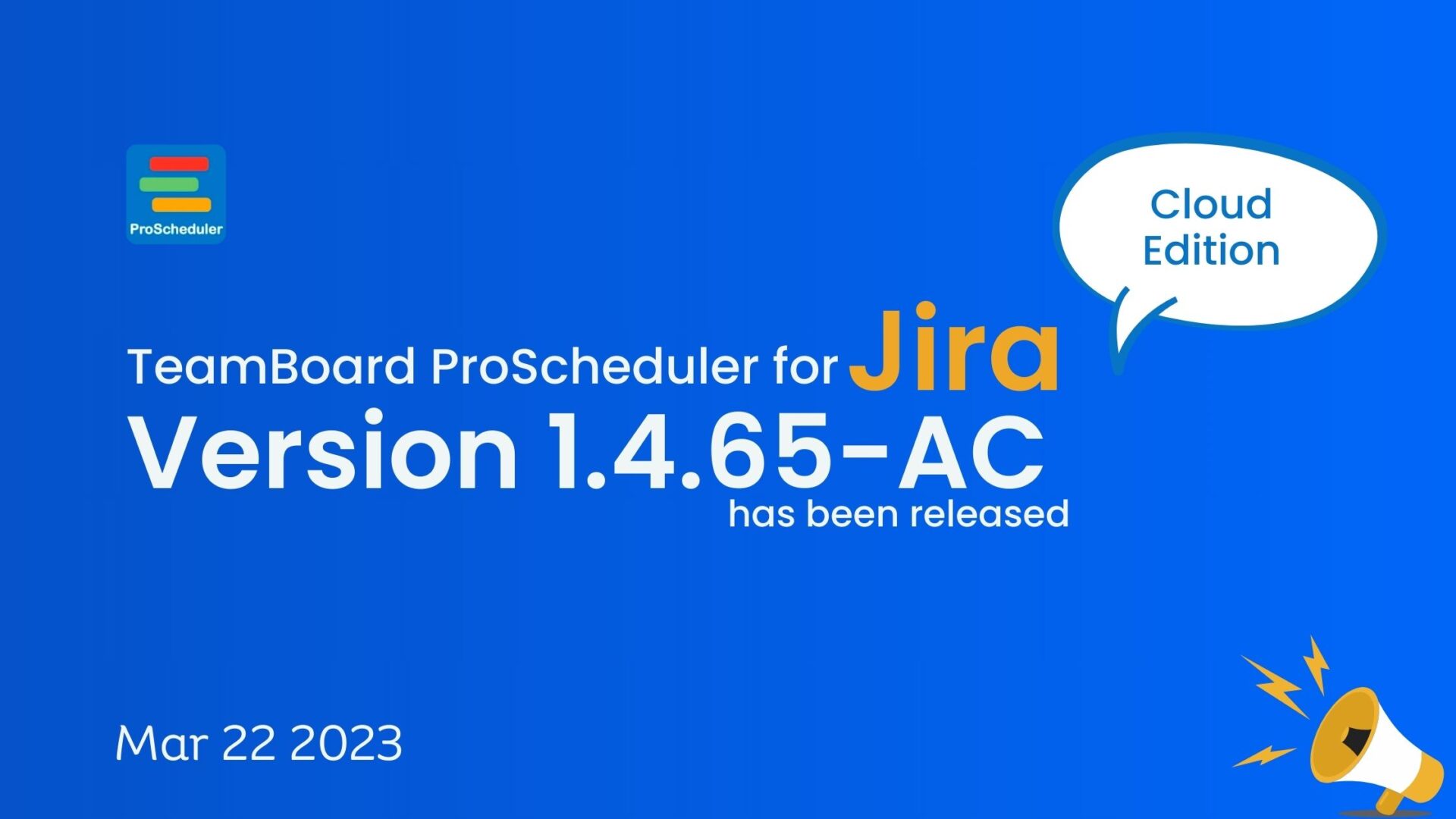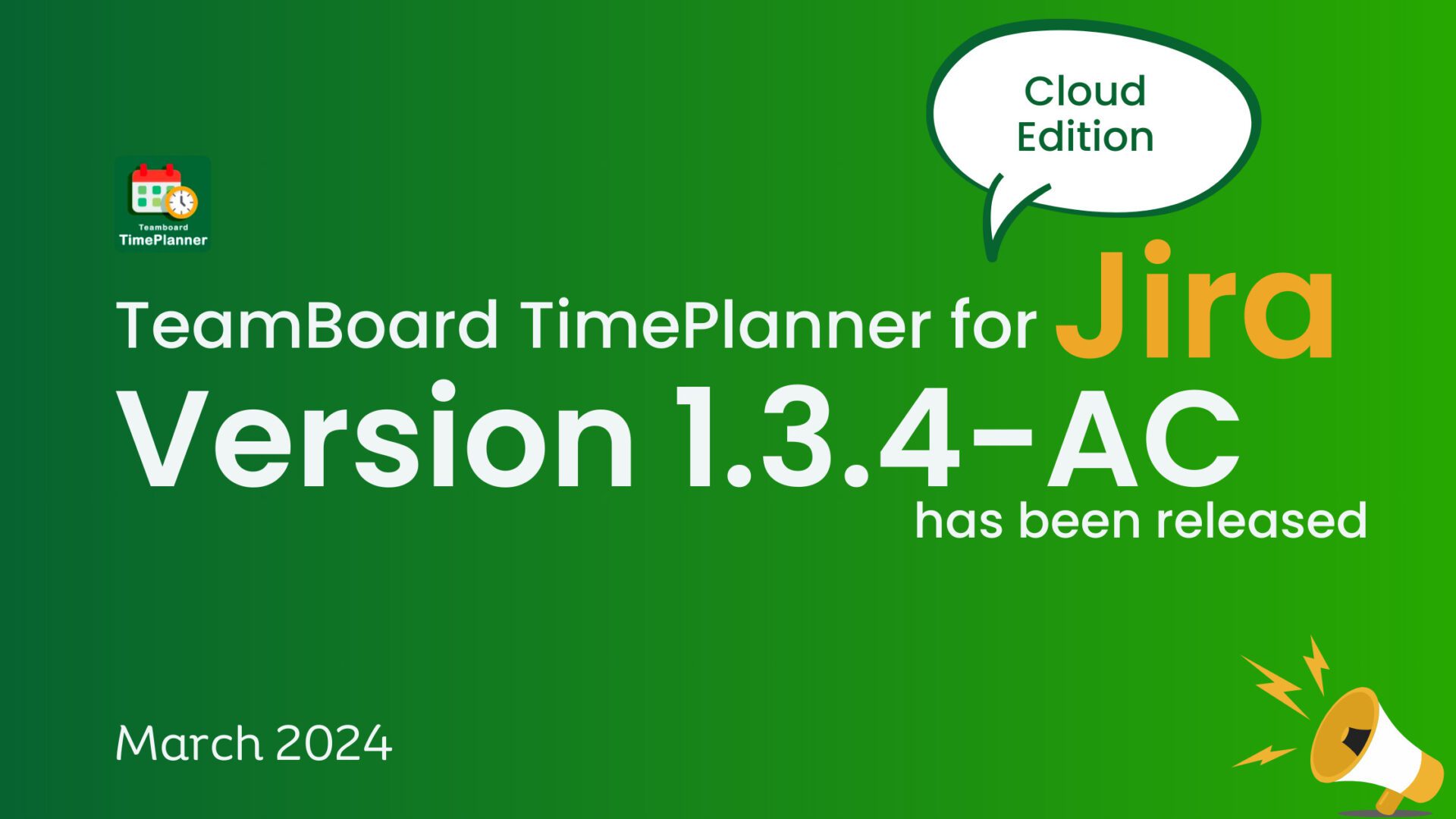Table of Contents
Recency Bias in Project Management; Questions, Answered
Do you ever find yourself only considering the most recent event when making decisions? This is called recency bias which favors current events over historical ones.

What is Recency Bias?
It is a cognitive bias that influences judgment in favor of recent events. It leads people to overestimate the importance of current happenings, ignoring the earlier events. Additionally, recency bias can lead people to underestimate the potential consequences of their choices.
Project management is all about getting things done effectively and efficiently. But what happens when we manage projects based on information of a certain timelapse? It can significantly impact the project’s success. In this article, we’ll explore recency bias, how it can affect your project, and how you can use it to your advantage.
What is an example of a recency bias?
Recency bias is when people pay more attention to what’s happened recently instead of looking at the bigger picture. For example, imagine someone investing in stocks because they’ve seen prices going up in the last few weeks, even though the stocks haven’t done well for years. They think the recent good performance means it’s a great time to buy, ignoring the long-term ups and downs. This shows how focusing too much on the latest news can lead to decisions that might not be the best in the long run.
Impact of Recency Bias in Project Management
There is a significant role of recency bias in project management. It detaches people from the historical data of any project.
Let’s consider a recency bias example where a project mishap has happened. An immediate meeting of all the key stakeholders has been called. After the briefing, project managers and other stakeholders will come up with solutions.
A project manager manages the project throughout the project life cycle. He has complete knowledge of all the recent and past happening of the project. In contrast, stakeholders have only a basic understanding of the recent event. Who would you think would be in a better position to make a well-informed decision? Project manager, right?
The shallow decision-making is precisely what a recency bias does to any project.
If the project manager himself is a victim of recency bias, then all the decisions would be based on recent changes in the environment or the project itself. If the project manager only considers recent changes, he may overlook changes that have occurred earlier in the project that may impact the project.
Let’s take a closer look at how recency bias is detrimental to any project.
How can Recency Bias Impact Project Management Negatively?
One of the biggest dangers is that you may miss important information that is further back in time. For instance, if there is a stock market investor, he will take future steps according to the current happenings of the market. He might ignore past trends in the market, which will hinder his future planning of investments. Recency bias actually promotes short-term decision-making.
This can be beneficial in some cases, but most of the time, your business might suffer a loss.
Recency bias in project management can lead to problems because it can cause;
- Managers focus too much on recent events and developments
- Stakeholders to ignore the analysis of the historical background of any event
- Decision makers to avoid long-term planning
- Managers to make decisions based on emotion rather than logic
In recency bias, when you zoom back to the past, you have too much of the recent stuff and far too less of the past. This gives rise to short-sightedness which comes at the expense of ignoring the background while over-estimating short-term trends.
How do you fix recency bias?
To fix recency bias and make better decisions, try these tips:
- Look at the Big Picture: Don’t just focus on what’s happening now. Try to also consider what has happened in the past. If you’re thinking about investing, look at how things have performed over years, not just the past few months.
- Set Rules: Create clear guidelines for yourself that aren’t swayed by recent events. This can help you make decisions based on a broader set of information.
- Checklist Time: Use a checklist to make sure you’re thinking about all the important factors before deciding, not just the latest news.
- Get Different Views: Talk to people who might see things differently or consider other time frames. This can help balance out a focus on the recent stuff.
- Slow Down: Avoid making quick decisions based on the latest buzz. Taking a bit more time can help you think things through more thoroughly.
- Learn from the Past: Occasionally look back at decisions you’ve made to see if you were too influenced by recent events. This can help you learn and improve.
- Cool Off: If you’re tempted to make a quick decision based on something recent, wait a few days. This “cooling-off” period can help reduce the bias.
- Know Your Biases: Understanding that recency bias exists and how it might be affecting you is a big step toward overcoming it.
By following these steps, you can help ensure your decisions are more balanced and not just based on the latest information.
Ways to Avoid Recency Bias in Project Management?
So how to avoid recency bias in project management? Here are a few tips:
1. Be Aware of your Own Biases
The first step is to be aware of your biases, including recency bias. Once you’re aware of your own tendencies, you can start to work on overcoming them.
2. Consider All Relevant Information
When you’re making a decision, try to consider all of the relevant information, not just the most recent data. This cannot be easy, but it’s vital for a long-term positive impact on your decisions.
3. Get Input from Others
Another way to avoid recency bias is to get input from others. This can help you to get a more well-rounded view of the situation. For instance, if you’re dealing with finance, then seek advice from some financial expert to understand the fluctuations in the stock market.
4. Focus on Reliable Matrices
When you’re using tools for dealing with multiple projects, you have the leverage to access the complete data. In order to diminish the effect of this cognitive bias, rely on actual numbers rather than emotions or feelings.
For instance, if the project was performing exceptionally well over the past few years. But, for the last few months, you’ve been witnessing a few lags. Then, don’t just stick to the current scenario; instead, look backwards and work to eradicate this abrasion from the traditionally increasing trend.
5. Take your Time and Plan
If you can, take your time when making decisions. This will allow you to gather all relevant information and consider all options.
6. Make a Decision that Makes Sense for the Long Term
Instead of stumbling around short-term trends or focusing on recent happenings, look backwards and plan forward. Try to make decisions that make sense in the long term. This can be difficult, but it’s essential to consider the long-term impact of your choices.
What is Recency Error, and How to Deal with it?
Recency error is a common issue in project management. It is a mistake to base decisions on the recent past instead of looking at the long-term future. This can lead to problems because the current situation may not represent the complete scenario.
When dealing with recency error, it is important to remember that the present situation may not represent the future. Instead, it is essential to look at the long-term goals and objectives of the project, as well as the current conditions. This will help ensure that the decisions are based on the most accurate information available.
Conclusion
To avoid recency bias in project management, you can employ management tools like ProSchduler. It keeps a record of all your projects and offers a one-click operation to review the whole project. On top of that, it lists all the events that happened throughout the project. These measures help in making well-informed decisions based on current and past data of a particular project, thus eradicating the recency bias factor.
















